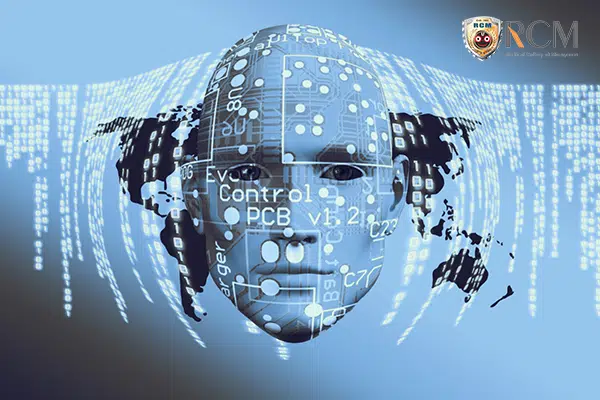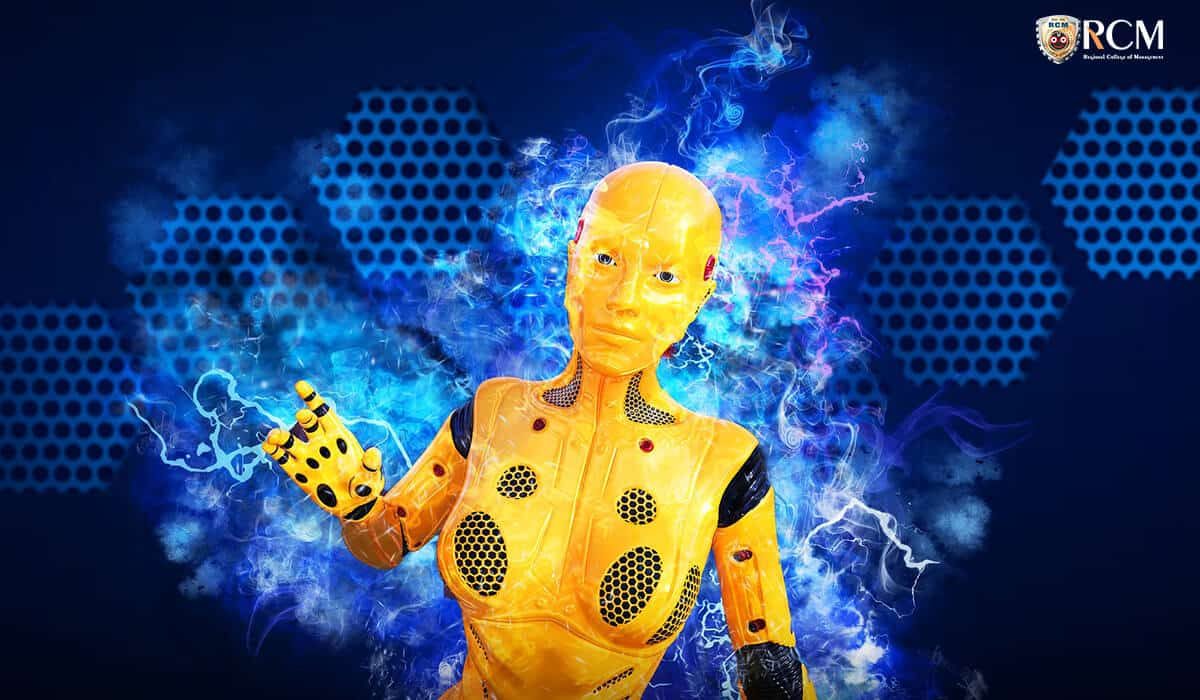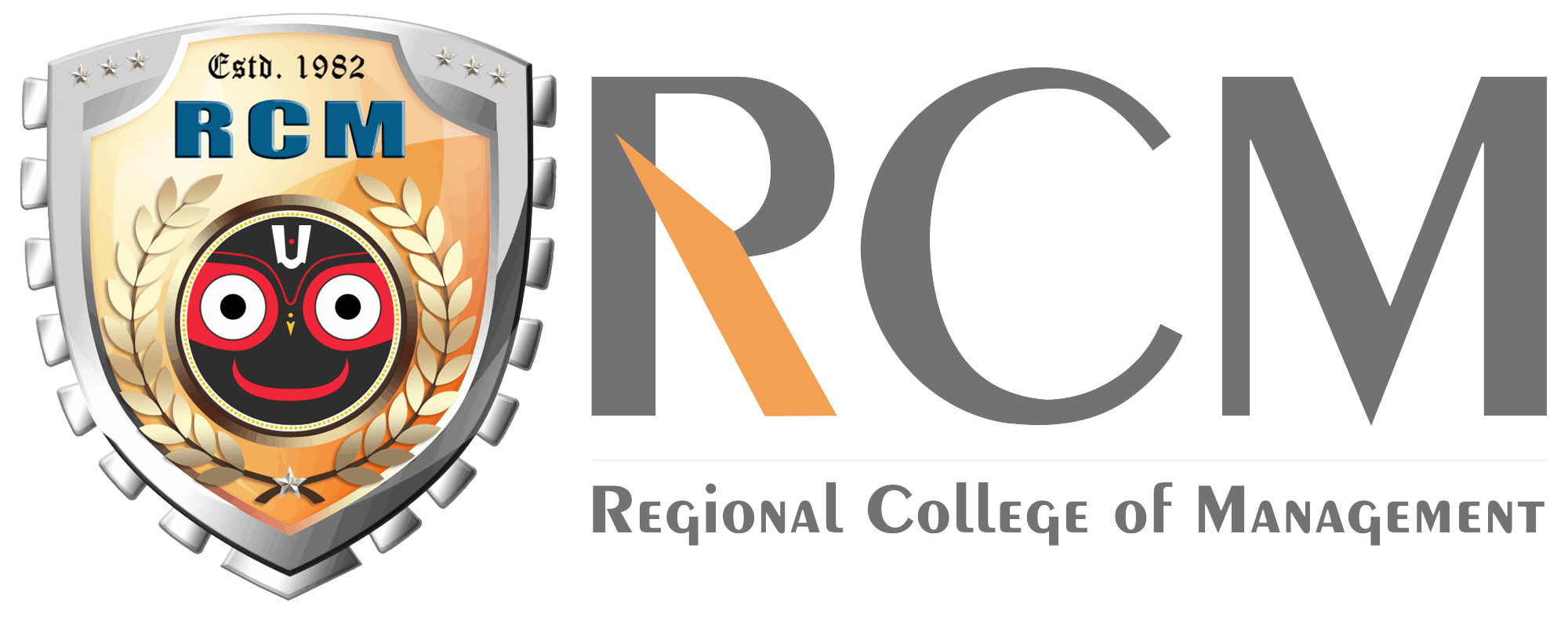The foremost information about artificial intelligence is what actual artificial intelligence means, how it came to be, and why this is challenging human existence as well as useful in this fast-growing technological world. To get this answer, the initials must be to learn about the emergence of artificial intelligence and all the information, foundations, and concepts about artificial intelligence.
The Foundations of Artificial Intelligence:
This was first coined decades ago at the Dartmouth conference by John McCarty in the year 1956, widely recognized as the father of Artificial Intelligence. He defined artificial intelligence as “the science and engineering of making intelligent machines.” In a sense, AI is a technique for getting machines to work and behave like humans. Apart from being considered the father of AI, John McCarthy was a prominent computer scientist and intellectual scientist. John McCarthy belonged to a renowned group of scientists who were all, in some manner, the forefathers of artificial intelligence. Most, but not all, of his contemporaries attended the prestigious Dartmouth Conference in 1956. We’ll look at some of the other significant individuals in artificial intelligence.

Alan Turing
Turing was an English mathematician, computer scientist, crypt analyst, logician, and theoretical biologist who was vital to the development of theoretical computer science earlier to the Dartmouth Conference. His Turing machine introduced the ideas of algorithms and computing, which led to the development of general-purpose computers. He is also regarded as a founder of AI, although his contributions were never fully acknowledged at the time due to the secrecy of his work under the Official Secrets Act and the widespread homophobia of the time, which finally led to his arrest and death in 1954.
The Turing Award, named after him, is the highest praise in computer science.
Marvin Minsky
He was a cognitive and computer scientist who worked with John McCarthy and was a member of the Dartmouth Conference. He conducted important research in the fields of artificial neural networks and artificial intelligence. In 1969, he received the Turing Award.
Allen Newell
He was also present at the Dartmouth conference. Newell’s contributions to AI included the Information Processing Language in 1956, as well as two of the early AI algorithms.
Claude Shannon
The founder of information theory assisted in the planning of the Dartmouth Conference.
Nathaniel Rochester
Rochester was well-known for creating the first assembler, which allowed programs to be written in brief comments rather than numbers, and for inventing IBM’s first commercial computer, the “IBM 701”, as well as for arranging the Dartmouth Conference.
Geoffrey Hinton
He is regarded as one of the “Godfathers of AI.”
His contributions, on the other hand, have been considerably more recent than John McCarthy’s, but no less significant, since his work on artificial neural networks has gained him and his colleagues the title of “Fathers of Deep Learning.”
Information about Artificial Intelligence:
In the recent past, AI has been able to accomplish this by creating machines and robots that are being used in a wide range of fields, including healthcare, robotics, marketing, business analytics, and many more. However, many A.I. Applications are not perceived as AI because we often tend to think of artificial intelligence as robots doing our daily courses. But the truth is that AI has found its way into our daily lives as it has become so general that we don’t realize we use it all the time. For instance, have you ever wondered how Google is able to give you such accurate search results or how your Facebook or Instagram feed always gives you content based on your interests? The answer to these questions is artificial intelligence. People frequently confuse machine learning and deep learning since they have similar uses. Siri, for example, is an AI-powered machine learning system. AI contains certain separate concepts and features exist in and of itself.
Artificial Intelligence Concepts and Features You Should be Aware of !

The amount of information available about Artificial Intelligence (AI) might be overpowering. If you want to learn more about it, you’ll certainly come across some complex terminology that will make you wonder why you began studying AI in the first place.
However, there are basic concepts and features of Artificial Intelligence that you should be acquainted with are as follows
Machine learning (ML)
Machine learning allows machines to “learn” a task from expertise without having to be designed particularly for that activity. (In a nutshell, robots learn without human input!) This procedure begins with giving them high-quality data, followed by training the machines by developing diverse models using various techniques. The algorithms we choose are determined by the type of work we are attempting to automate. Though, Machine Learning Algorithms are broadly classified into three types: supervised learning; unsupervised learning, and reinforcement learning.
Deep Learning
Deep Learning processes data and makes predictions using neural networks. These networks connect in a web-like structure, similar to the human brain’s neural networks. Because artificial neural networks handle data non-linearly, they outperform standard algorithms. For example, PageRank, a component of the Google Search Algorithm, uses a deep neural network to deliver relevant search results.
Reinforcement Learning
Reinforcement Learning trains computers to learn in a way similar to how humans learn. Think of the machine as a student. It learns through trial and error and improves by recognizing and correcting its own mistakes over time. In 2017, Google’s AlphaGo program famously used Reinforcement Learning to defeat the world champion in the game of Go.
Robotics
Researchers in Robotics design humanoid machines to mimic human behavior and perform human-like tasks. In some environments, robots already act like humans. But can they think like humans? This is where Artificial Intelligence plays a crucial role. AI enables machines to respond intelligently in specific situations. For example, Kismet, a robot developed at MIT’s Artificial Intelligence Lab, interacts with humans by recognizing body language and vocal cues.
Natural Language Processing (NLP)
People and robots can speak via voice, but now machines can as well! This is known as Natural Language Processing, and it involves machines analyzing and comprehending language and speech as it is said. Language-related NLP subfields include voice recognition, natural language production, natural language translation, and so on. NLP is now in high demand for customer support applications, notably chatbots.
Alexa from Amazon and Siri from Apple are two of the most well-known examples of NLP applications.
Recommender Systems
Netflix recommends movies and episodes based on your previous choices or favorite genres. Recommender Systems make these suggestions by analyzing a vast array of options available online. They use techniques like Content-Based Recommendation or Collaborative Filtering to function. In Content-Based Recommendation, the system analyzes the content of all products to match your preferences.
Since the beginning, both scientists and the public have critically evaluated artificial intelligence. A common concern is that machines might evolve so rapidly that humans won’t be able to keep up, allowing the machines to redesign themselves at an overwhelming pace.




























